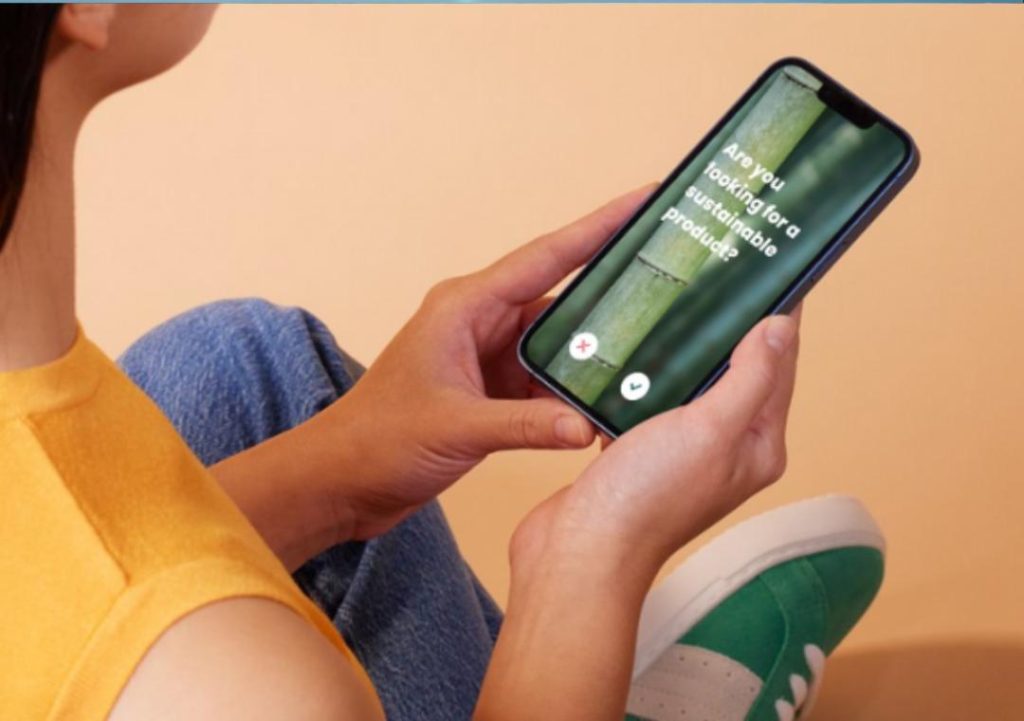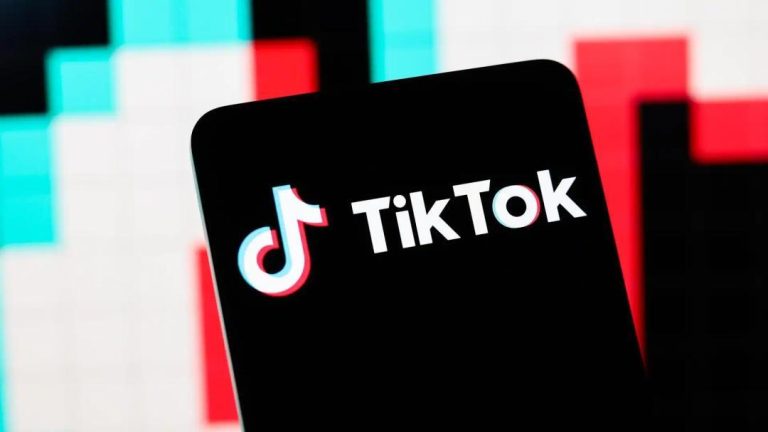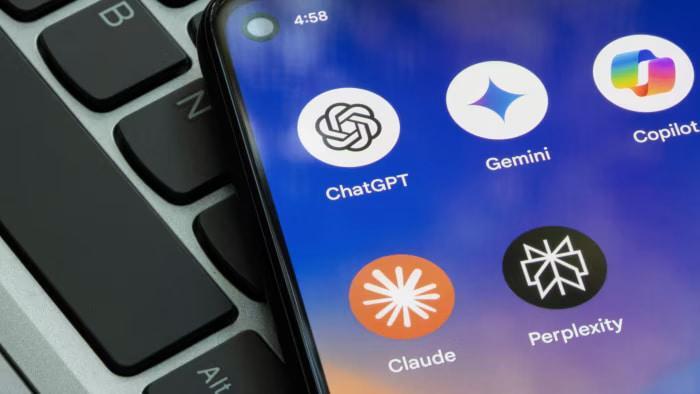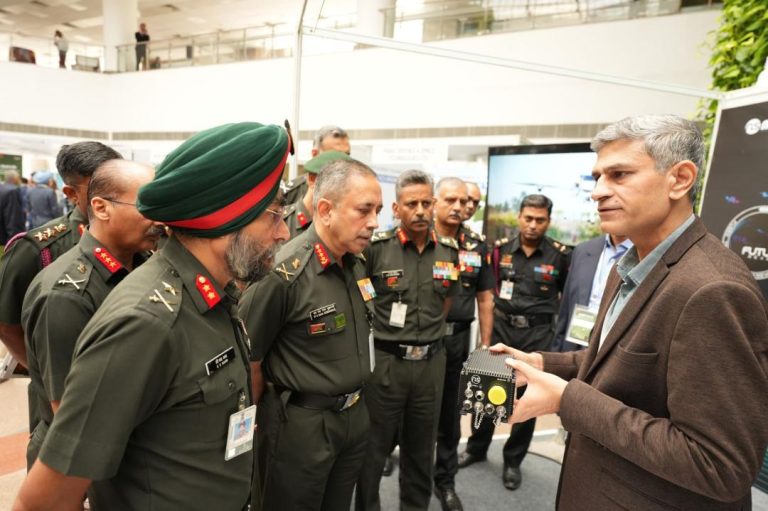
Why Do Global and Indian Users Swipe So Differently?
Social media usage is deeply influenced by culture, infrastructure, and content preferences—and India is proving that point. As the second-largest internet user base in the world, India is a fascinating case study in how users engage with social media platforms. While global users may gravitate towards aspirational content and lifestyle narratives, Indian users are driven by utility, infotainment, and a desire for connectivity across diverse languages.
To understand why Indian users swipe so differently, let’s first explore the global social media landscape. In many Western countries, social media platforms are used primarily for entertainment, self-expression, and social networking. Users are drawn to curated content that showcases aspirational lifestyles, fashion, and beauty trends. They engage with social media influencers who promote products and services, and they participate in online discussions that revolve around current events, pop culture, and personal interests.
In contrast, Indian social media users have a distinct set of preferences. According to a report by Hootsuite, 70% of Indian internet users access social media through their mobile devices, making mobile-first design a crucial aspect of social media strategy in the country. Indian users are more likely to use social media for utility purposes, such as:
- News and information: Indian users rely on social media to stay informed about current events, news, and updates on various topics. Social media platforms like Facebook, Twitter, and WhatsApp are used to consume news, share articles, and participate in online discussions.
- Infotainment: Indian users enjoy a mix of entertainment and information on social media. They engage with content that is informative, educative, or entertaining, such as videos, podcasts, and online courses.
- Connectivity across languages: India is a linguistically diverse country, with over 22 recognized languages. Social media platforms that offer multilingual support and content are more popular among Indian users, who can easily access and engage with content in their preferred language.
So, what drives Indian users to swipe differently? Here are some key factors:
- Infrastructure: India’s internet infrastructure is still developing, with many areas having limited access to high-speed internet. As a result, mobile-first design and content optimization become crucial for social media platforms that want to engage with Indian users.
- Content preferences: Indian users have a strong preference for local content, including news, entertainment, and educational materials. Social media platforms that offer localized content in multiple languages have a competitive advantage in the Indian market.
- Demographics: India’s population is predominantly young, with over 65% of the population under the age of 35. Social media platforms that cater to the younger demographic, such as TikTok and Instagram, have seen significant growth in India.
- Cultural factors: Indian culture places a strong emphasis on family, community, and social connections. Social media platforms that facilitate these connections, such as messaging apps and video conferencing tools, are highly popular in India.
To succeed in the Indian social media landscape, brands and marketers must adapt their strategies to cater to these distinct preferences. Here are some key takeaways:
- Optimize for mobile: Ensure that social media content is optimized for mobile devices, as the majority of Indian internet users access social media through their mobile phones.
- Use multilingual content: Offer content in multiple languages to cater to India’s linguistic diversity and increase engagement.
- Focus on utility: Provide value to Indian users by offering informative, educative, or entertaining content that addresses their needs and interests.
- Emphasize connectivity: Facilitate connections across languages and communities by using social media platforms that support multilingual content and messaging.
In conclusion, Indian users swipe differently because of their unique cultural, infrastructure, and content preferences. By understanding these differences, social media platforms and marketers can develop strategies that cater to the Indian market and increase engagement with this vast and diverse user base.
Source: https://www.growthjockey.com/blogs/social-media-trends-india-global






